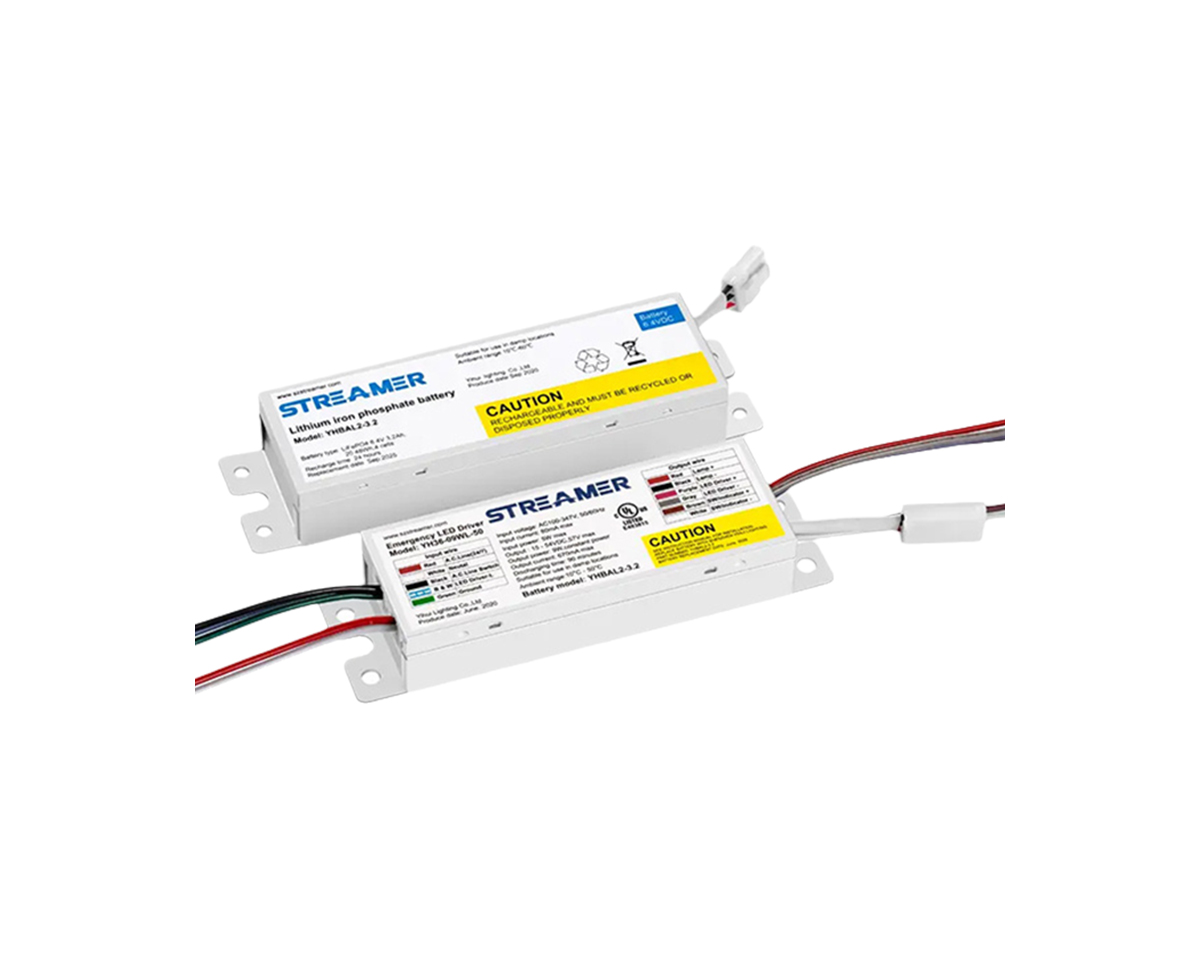 1
1
 Jun 06, 2025
Jun 06, 2025

The design of flameproof chambers for emergency drivers is a complex and critical process that involves multiple engineering disciplines to ensure the safety and reliability of the equipment in explosive environments.
The first consideration in flameproof chamber design is the selection of materials. High - strength and heat - resistant materials, such as high - grade cast iron or explosion - proof steel alloys, are typically used. These materials not only need to have sufficient strength to withstand internal explosion pressures but also good thermal conductivity to dissipate heat generated during operation. The thickness of the chamber walls is carefully calculated based on the expected explosion pressure and the type of explosive atmosphere in which the driver will be used.
The design of the flame - paths is a key aspect of the flameproof chamber. Flame - paths are designed to have specific geometries and dimensions to ensure effective cooling of the hot gases and flames during an internal explosion. The length, width, and shape of the flame - paths are optimized through theoretical calculations and experimental testing. For example, longer flame - paths generally provide better cooling, but they also increase the size and weight of the chamber. The surface finish of the flame - paths is also important; a smooth surface reduces the resistance to gas flow and helps in efficient heat transfer, enhancing the flame - quenching effect.
In addition to the physical structure, the design of the flameproof chamber also needs to consider the installation and maintenance of internal components. Adequate space should be provided for easy access to electrical connections, motors, and other parts for installation, inspection, and repair. Sealing mechanisms, such as gaskets and O - rings, are incorporated at joints and openings to prevent the ingress of explosive gases or dust into the chamber. Moreover, the design should also take into account the ventilation requirements of the internal components to prevent overheating. This may involve the design of ventilation holes or channels that are also protected by flame - proof measures to ensure that the overall flameproof integrity of the chamber is maintained. Through careful consideration of these design aspects, flameproof chambers for emergency drivers can effectively protect against explosions and ensure the safe operation of the equipment in hazardous environments.